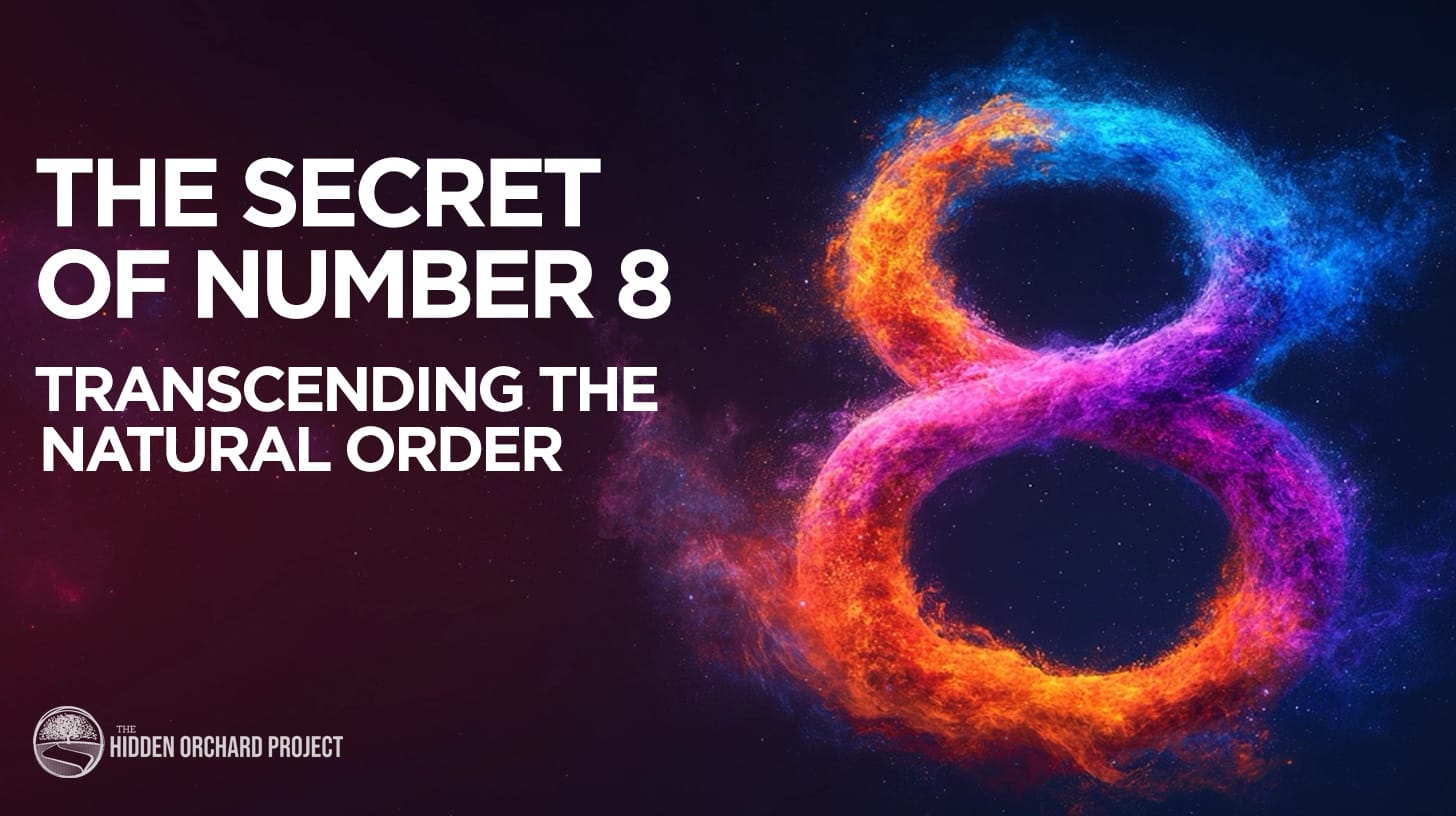The Secret of the Number 8: Transcending the Natural Order
When the Biblical text specifically mentions the number 8, it may be communicating more than an ordinal sequence, but a hidden meaning. In this article, we'll explore the hidden meaning of the number 8.

The number 7 is so prolific throughout the Bible, many readers easily recognize its symbolism. In the Jewish tradition, the number seven is associated with the natural order. This pattern repeats throughout the Bible, therefore, it's not surprising that we see this echoed in nature—7 days of the week, 7 continents, 7 oceans, and 7 classical celestial bodies.
A few of the Biblical examples include:
- Seven Noahide Laws¹
- Seven Species of Israel²
- Seven Branches of the Menorah
- Seven Weeks between Passover and Shavuot (Counting the Omer)³
- Seven Blessings in a Jewish Wedding, known as Sheva Brachot
- Seven Days of Mourning, known as Shiva⁴
- Counting Seven weeks of Seven days during the Omer
- and many more!
But what comes after seven?
The Number 8
Beyond the natural order lies the infinite. This is the place from which miracles come, and this is represented by the number 8—a number that symbolizes eternity, restoration, and is also connected to Messiah.

